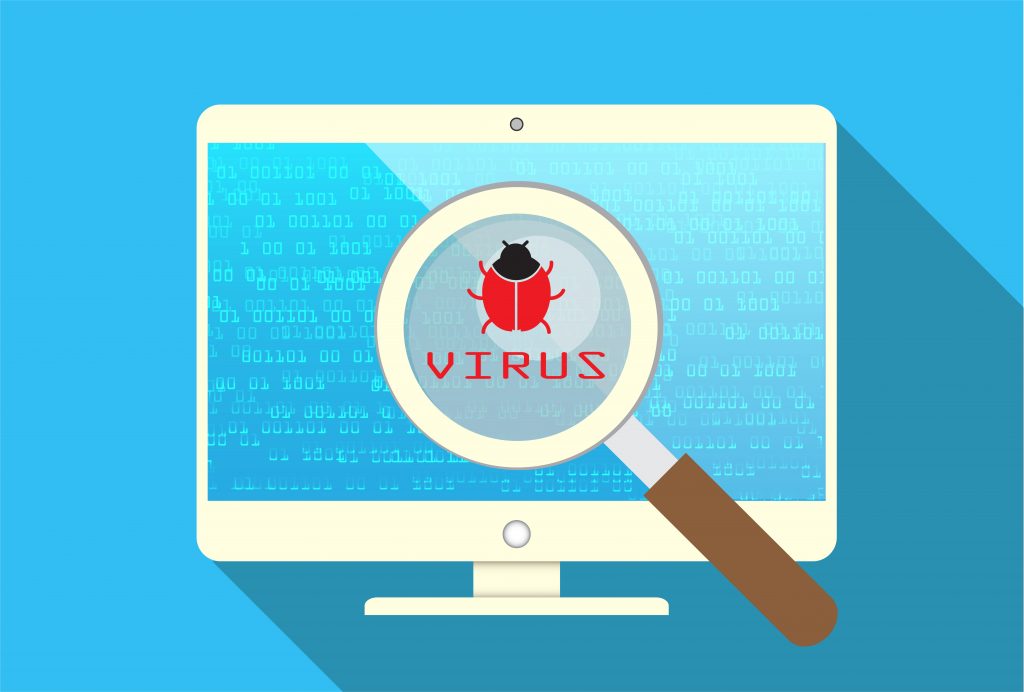The Functionality of Traditional Antivirus:
1. Signature-Based Detection:
- Identification Process: Traditional antivirus primarily relies on signature-based detection. It maintains a database of known malware signatures or patterns obtained from previously identified threats.
- Scanning Files: When a user initiates a scan, the antivirus compares files, programs, or system areas against this database. If it finds a match, it flags the file as malicious.
2. Scheduled and Real-Time Scanning:
- Scheduled Scans: Antivirus software conducts regularly scheduled scans of the system, checking files and directories for any matches with known malware signatures.
- Real-Time Protection: It also offers real-time protection by monitoring activities in the background and scanning files as they are accessed or executed.
3. Quarantine and Removal:
- Quarantine: When malware is detected, the antivirus isolates the infected file or program into a quarantine area to prevent further damage to the system.
- Removal: Users can then choose to delete or quarantine the infected files, eliminating the threat from the system.
4. Database Updates:
- Regular Updates: Antivirus software requires frequent updates to its signature database. Updates include new malware definitions and information on the latest threats to enhance its effectiveness against evolving threats.
Strengths and Limitations of Traditional Antivirus:
Strengths:
- Efficient Against Known Threats: It effectively detects and removes known malware for which signatures are available in the database.
- Light on System Resources: Traditional antivirus usually has a lighter footprint, consuming fewer system resources compared to some other security software.
Limitations:
- Vulnerability to New Threats: Signature-based detection is less effective against new or previously unseen threats like zero-day attacks or polymorphic malware.
- Dependency on Updates: Its effectiveness heavily relies on the timely updates of its signature database. Failure to update might render it ineffective against new threats.
Evolution and Adaptation of Antiviruses:
- Heuristic Analysis: Some traditional antivirus programs integrate heuristic analysis, which looks for behaviors commonly associated with malware. This helps identify unknown threats based on suspicious behaviors rather than just signatures.
- Integration of Anti-Malware Techniques: Modern antivirus solutions often incorporate elements of anti-malware technology to broaden their defense capabilities against a wider range of threats.
Traditional antivirus software, primarily relying on signature-based detection, plays a crucial role in detecting and removing known malware threats. While effective against established threats, its limitations in detecting newer and more sophisticated malware have led to the evolution and integration of additional technologies within antivirus solutions. As the threat landscape evolves, antivirus software continues to adapt, integrating heuristic analysis and anti-malware techniques to provide more robust protection against emerging cyber threats.
